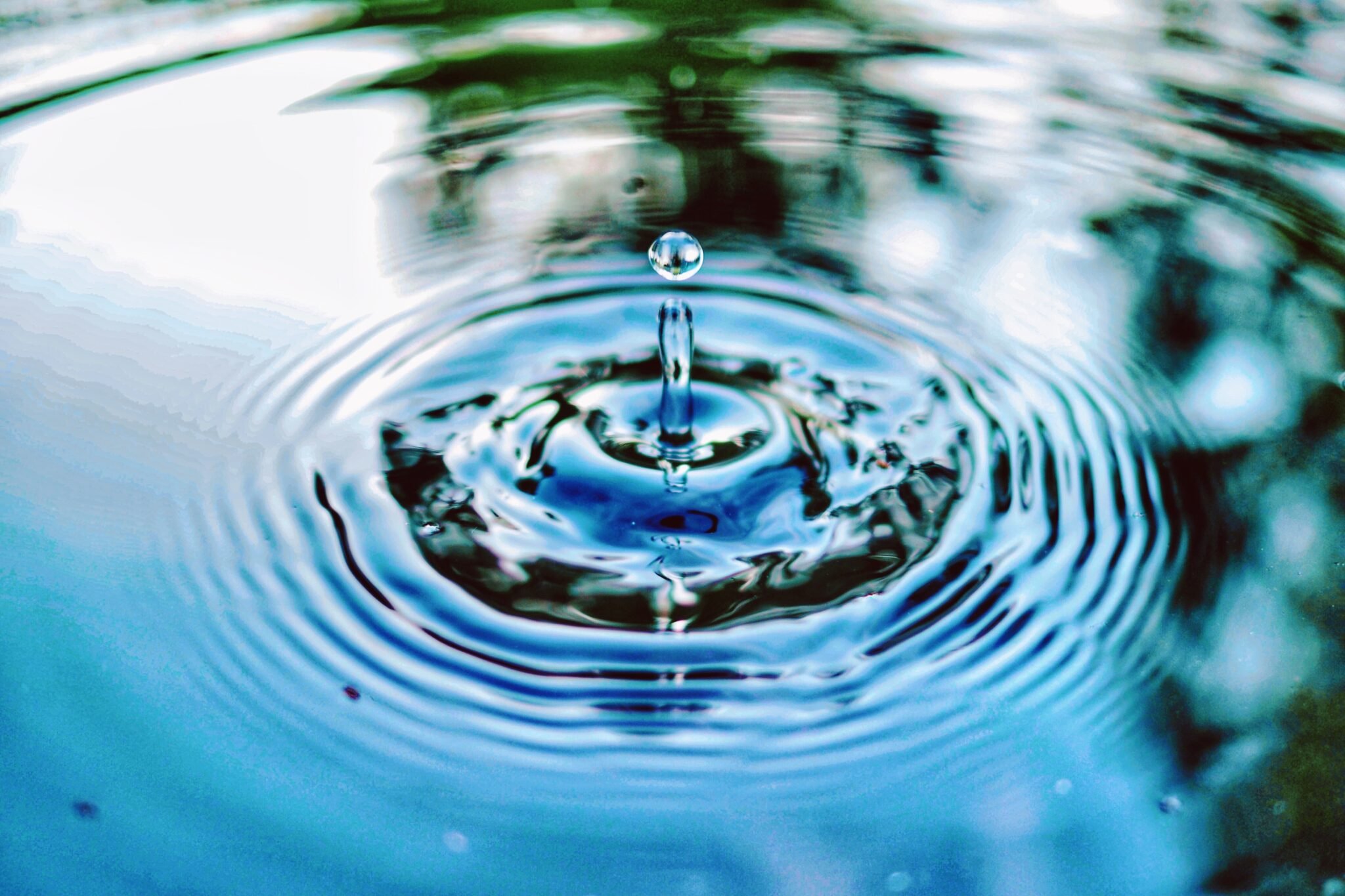Celebrating the World Water Day
March 22 has been devoted by the United Nations to water. Why? Today, almost a third of the planet’s population lives without access to safe water. What is worse, McKinsey estimates that about half of the world’s population will live in water-scarce areas by 2030. Water is and will undoubtedly become the liquid gold of the future.
Photo by Jimmy Chang on Unsplash
What does fashion have to do with water?
The world runs on water, and so does the fashion industry. An average T-shirt and jeans can consume around 10,000 litres of water. If your doctor recommends you drink 3 litres of water per day to stay healthy, it will take you over 9 years to consume the amount of water required to produce these two pieces of clothing.
Cotton is known to be mainly water-intensive and polluting. Organic cotton is a promising alternative requiring somewhat less water and avoiding chemicals, however, it doesn’t solve the problem of water overconsumption. In addition, much of the organic cotton in Europe and the United States might not be as organic as we think, as was shown in a recent scandal surrounding a fraud scheme affecting imports from India. Brands selling such items need to stay weary of value chain risks and make sure to verify supply chain practices all the way to the raw materials.
Microplastics, especially from natural fibres, are another challenge for water. Interestingly, synthetic textiles are associated with the release of huge amounts of microplastic articles into the oceans, but research shows that it is actually natural fibres, such as cotton and hemp, that are more prevalent in the marine environment than synthetic microfibres. However, regardless of the material, it remains that fashion has and will remain to have a huge impact on the quality of our waters. This needs to change sooner than later.
Are brands catching up?
Unfortunately, not fast enough. This can be implied from the fact that transparency and disclosure on water security among companies remain fairly low. According to CDP, a not-for-profit charity running the global disclosure system on environmental issues, only 21% of the largest 100 apparel and textile companies by market cap reported water-related data through CDP when requested to do so by investors or purchasers in 2019.
There are a number of things companies can do to reduce their water footprint. First, they must ensure to source sustainably, which means that they directly engage with production sites on water management and stewardship issues, and assess opportunities to reduce impacts and recycle or re-use effluent water from processing. They might also engage with market partners to help them reduce and remove water use from dyeing, stone-washing and finishing processes. In addition, given that much of the environmental impact of clothing happens in the use phase of garments, brands should also provide clear instructions to consumers on how they can reduce water and energy use.
The upcoming European legislation, including the Corporate Social Responsibility Directive, will likely require that companies subject to it disclose water-related metrics and information about how they manage water risks. Some promising tools that can help companies take a first go at their water policies include the Greenpeace DETOX Program, the ZDHC Foundation, the Sustainable Apparel Coalition’s Higg Index, and the Alliance for Water Stewardship (AWS) Standard, among others.
What can consumers do today to become part of the solution?
In Austrian households, 22% of all water is used for showering and bathing, 25% for the toilet flush, 10 % for doing the laundry, and 2 % for dishwashing. The rest is consumed through water taps and outside (pool, plants, etc.).
Here are a number of tips to help you reduce water consumption related to clothing:
Use a full load of laundry. If you only have a few items to clean, take time to adjust the settings to the smallest capacity possible.
If you have only a few items, consider handwashing them. This will also help you conserve some of your more sensitive clothes.
Skip the extra rinse cycle on your washer unless it is essential.
Wear your clothes more than once. The best strategy to save water is not to do laundry more frequently than necessary.
Check for water leaks across your appliances. A small leak can also cause water bills to go up.
Don’t use more detergent than needed, and use environmentally friendly products.
Whatever you do, don’t let the faucet run continuously.
Do you have more tips on how to celebrate World Water Day and treat water more respectfully? Let us know!

